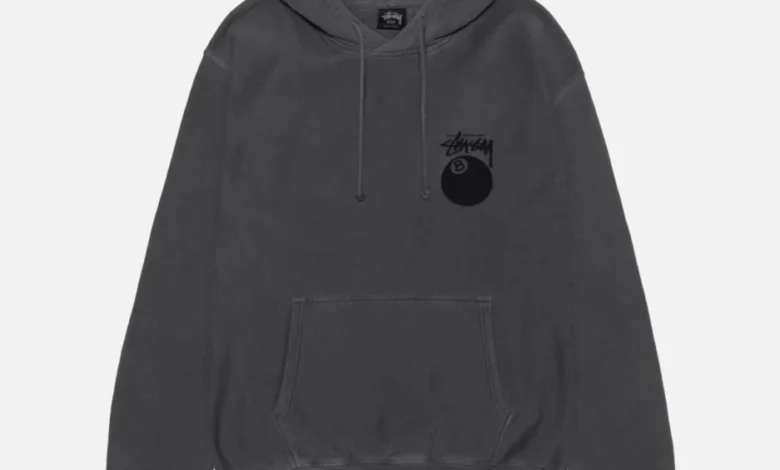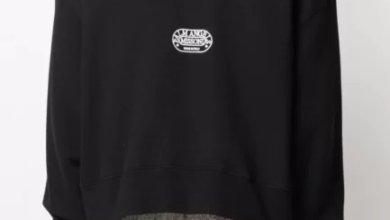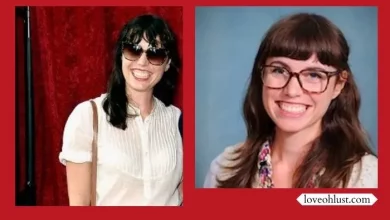Fashion Lifestyle A Journey Through Global Trends

Fashion Lifestyle A Journey Through Global Trends. Fashion is not merely about clothing; it is a lifestyle that reflects individual identity, thestussyhoodie.com culture, and social status. The ever-evolving nature of fashion means it is deeply intertwined with various aspects of our lives, influencing not only what we wear but also how we perceive the world. This article explores the intricate relationship between fashion and lifestyle, delving into global trends and the ways in which fashion serves as a powerful medium of self-expression.
The Intersection of Fashion and Culture
Fashion is a universal language, yet it speaks differently across various cultures. Each region of the world boasts a unique style that is often deeply rooted in its traditions, history, and social norms. For instance, the vibrant colours and intricate patterns of traditional African attire, such as the Dashiki or Kente cloth, tell stories of heritage and communal identity. In contrast, the minimalist and elegant designs of Japanese fashion, often seen in Kimono and modern streetwear, reflect a cultural emphasis on harmony and simplicity.
Western Influence and the Rise of Global Fashion
The Western world has had a significant influence on global fashion trends, largely due to the dominance of American and European fashion houses in the industry. Brands like Chanel, Gucci, and Louis Vuitton have become synonymous with luxury and sophistication, setting trends that are emulated worldwide. However, this Western influence is not without its critiques. The homogenisation of fashion, driven by globalisation, often leads to the erosion of local styles and traditions. Yet, the interplay between Western fashion and local cultures can also result in unique fusion styles that celebrate diversity while embracing modernity. Fashion Lifestyle A Journey Through Global Trends thestussystore.com
Fashion as a Form of Self-Expression
Fashion is one of the most visible forms of self-expression. It allows individuals to communicate their personality, mood, and even political beliefs without uttering a single word. The clothes we choose to wear, the accessories we pair them with, and the way we style our outfits all contribute to the image we project to the world.
The Power of Personal Style
Personal style is an extension of one’s inner self. It is a way to tell a story, make a statement, or simply feel good about oneself. Some individuals might gravitate towards streetwear, with its bold graphics and casual aesthetic, as a way to express their connection to urban culture. Others might prefer the timeless elegance of classic fashion, opting for tailored suits or little black dresses that exude sophistication. Whatever the preference, personal style is a powerful tool for self-expression and can be as unique as a fingerprint. Fashion Lifestyle A Journey Through Global Trends
Sustainable Fashion: A Conscious Choice
Fashion Lifestyle A Journey Through Global Trends. In recent years, there has been a growing awareness of the environmental impact of the fashion industry. The rise of fast fashion has led to a culture of disposable clothing, where trends change rapidly, and garments are often discarded after just a few wears. However, the shift towards sustainable fashion represents a significant change in how we approach our wardrobe choices.
Sustainable fashion prioritises ethical production processes, eco-friendly materials, and a commitment to reducing waste. Brands like Patagonia and Stella McCartney are leading the charge in this movement, offering consumers stylish yet sustainable options. By choosing sustainable fashion, we not only reduce our carbon footprint but also support ethical labour practices and promote a more responsible fashion industry.
The Role of Fashion in Social Movements
Fashion has long been a medium through which social and political movements gain visibility. Throughout history, clothing has been used to challenge the status quo, advocate for change, and give a voice to the voiceless. The suffragette movement of the early 20th century, for example, saw women using fashion to defy traditional gender norms and demand their right to vote. The white dresses and purple sashes worn by suffragettes became powerful symbols of their struggle.
Modern Fashion and Activism
In the modern era, fashion continues to play a pivotal role in activism. The Black Lives Matter movement, for instance, has inspired a range of fashion statements, from t-shirts bearing the movement’s slogan to accessories that honour Black culture and heritage. Similarly, the rise of gender-neutral fashion challenges traditional gender binaries, offering clothing that is inclusive of all identities. Fashion Lifestyle A Journey Through Global Trends.
Fashion designers and brands are increasingly using their platforms to address social issues. Through their collections, they raise awareness about topics such as climate change, racial inequality, and gender rights, using their creative talents to inspire dialogue and action.
Global Fashion Trends: A Look at the Future
As we look to the future of fashion, several key trends are emerging on the global stage. These trends reflect not only changes in style but also shifts in consumer values and societal norms.
Technology and Fashion: A Digital Revolution
The integration of technology into fashion is one of the most exciting developments in recent years. From wearable tech to 3D printing and virtual fashion shows, technology is transforming the way we experience and interact with fashion. Augmented reality (AR) and virtual reality (VR) are being used to create immersive shopping experiences, allowing consumers to try on clothes virtually before making a purchase. Additionally, the rise of digital fashion—clothing designed to be worn in virtual environments—is opening up new possibilities for self-expression in the digital age.
The Rise of Inclusivity and Diversity
Inclusivity and diversity have become essential values in the fashion industry. More than ever, consumers are demanding representation in fashion, calling for brands to offer a wider range of sizes, cater to different body types, and celebrate diverse ethnicities. This shift is not just about meeting consumer demands; it is about recognising and celebrating the rich diversity of the human experience. Fashion shows and advertising campaigns are increasingly featuring models of all sizes, ages, and backgrounds, reflecting a more inclusive and representative industry.
Sustainable and Ethical Fashion: The New Norm
As sustainability becomes a key concern for consumers, the fashion industry is being forced to adapt. Ethical production practices, transparency in supply chains, and the use of sustainable materials are no longer optional—they are expected. This trend is likely to continue, with more brands adopting sustainable practices and consumers making more conscious purchasing decisions. The future of fashion lies in its ability to balance style with sustainability, offering products that are not only beautiful but also kind to the planet.
Conclusion
Fashion is a powerful form of expression, a reflection of cultural diversity, and a dynamic industry that is constantly evolving. As we move forward, the intersection of fashion, technology, sustainability, and inclusivity will shape the future of this vibrant industry. By embracing these trends, we can look forward to a fashion landscape that is more diverse, sustainable, and innovative than ever before.





